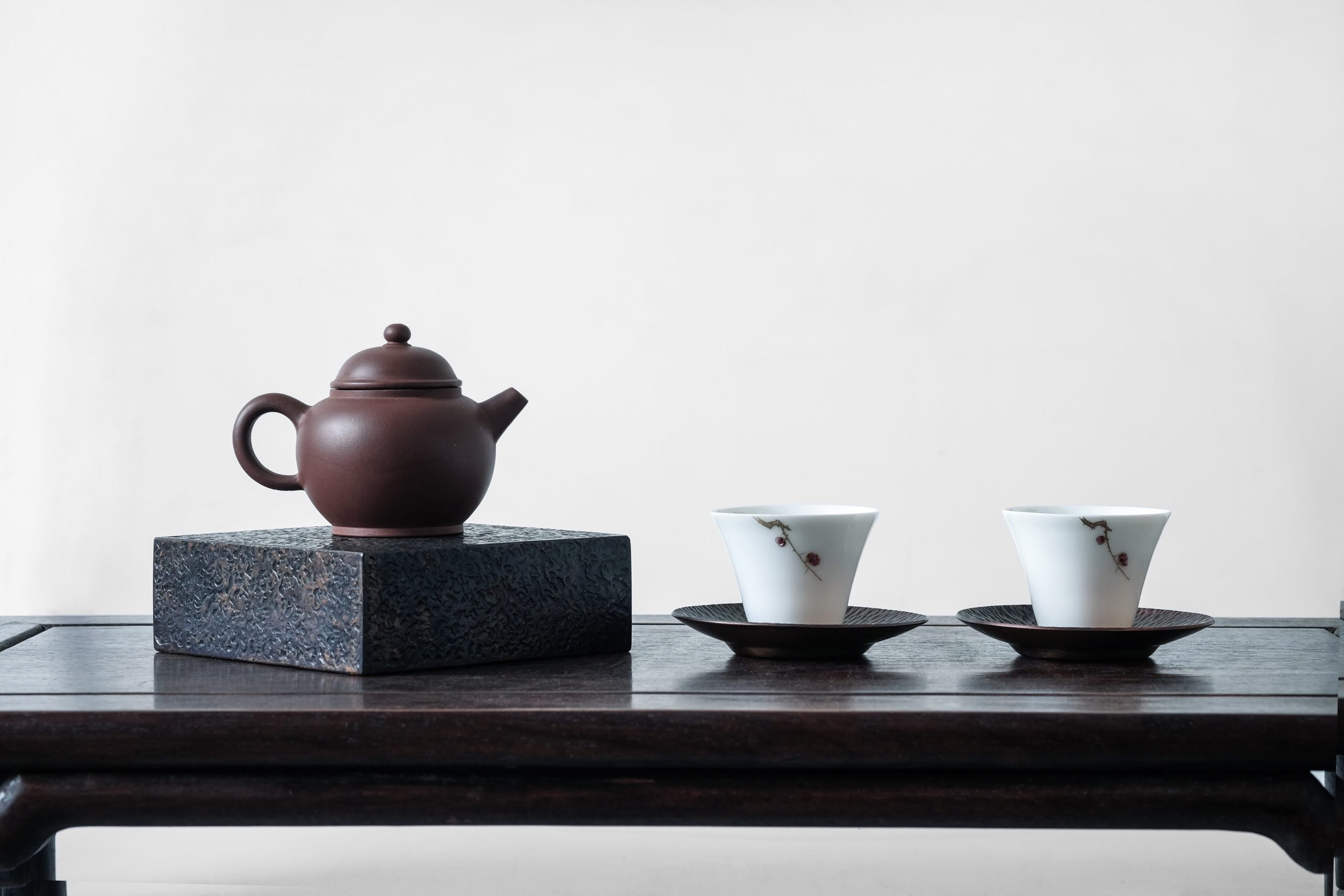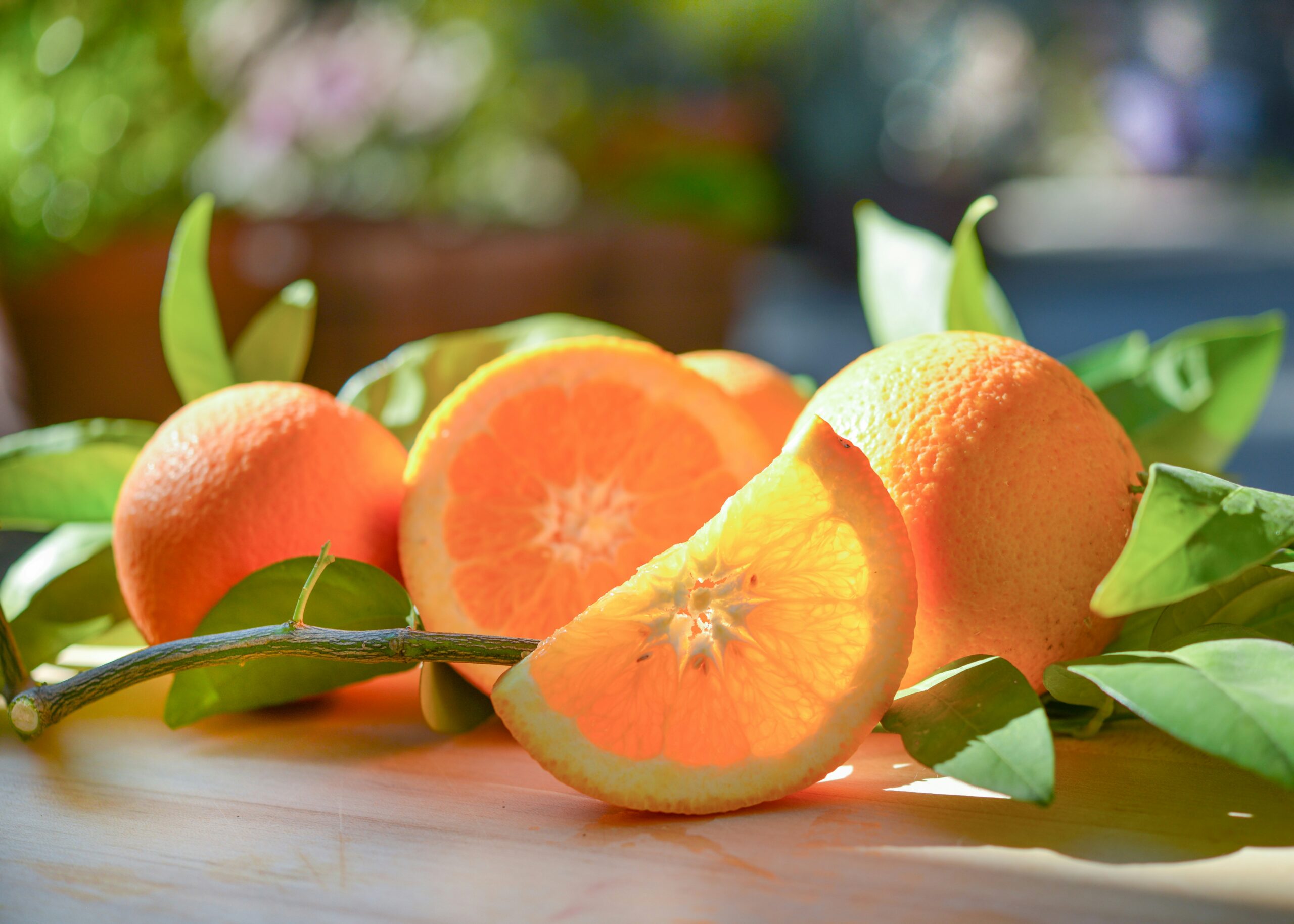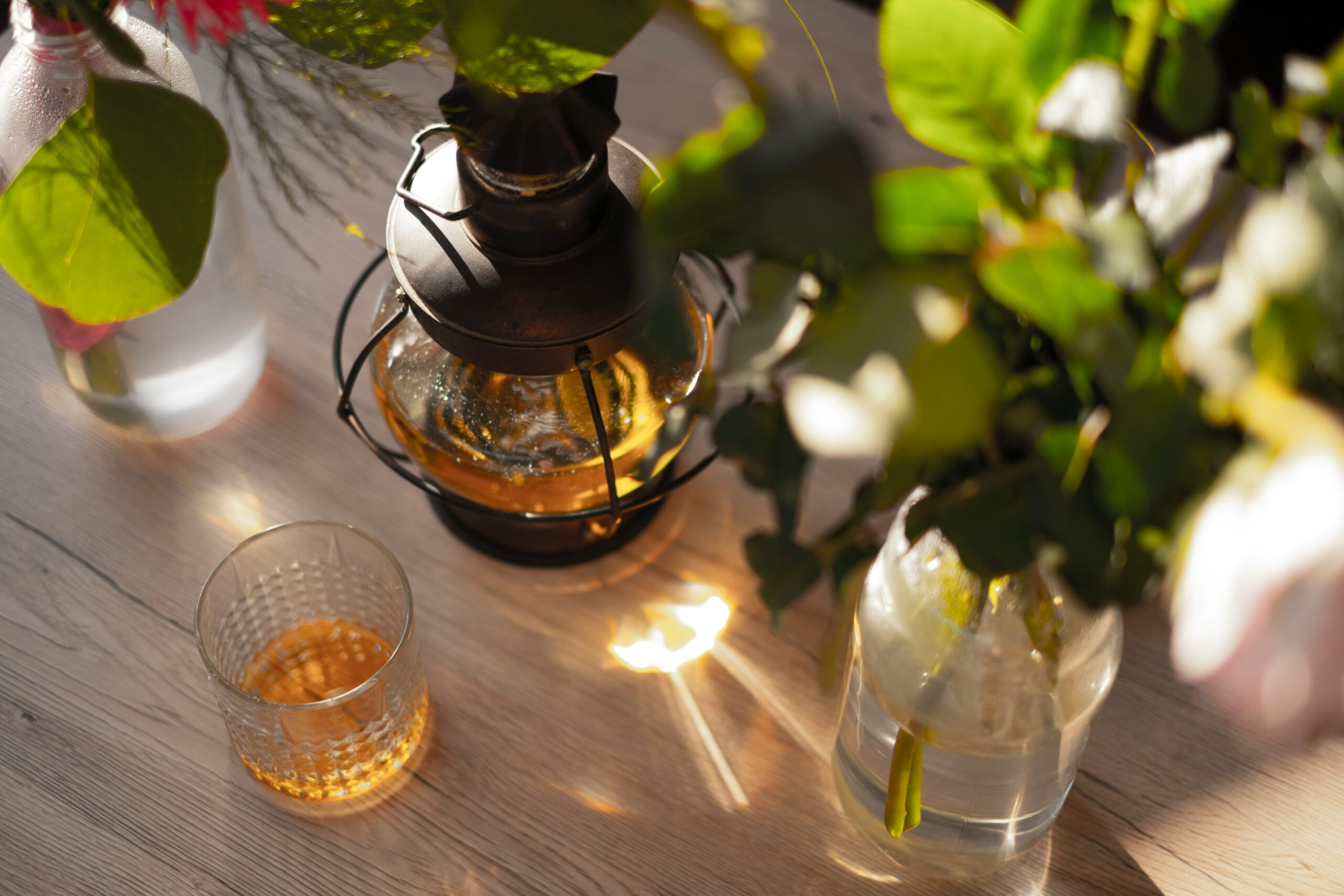Blogs » Μη κατηγοριοποιημένο » Detailed Guide to Tea Leaf Grades
Detailed Guide to Tea Leaf Grades
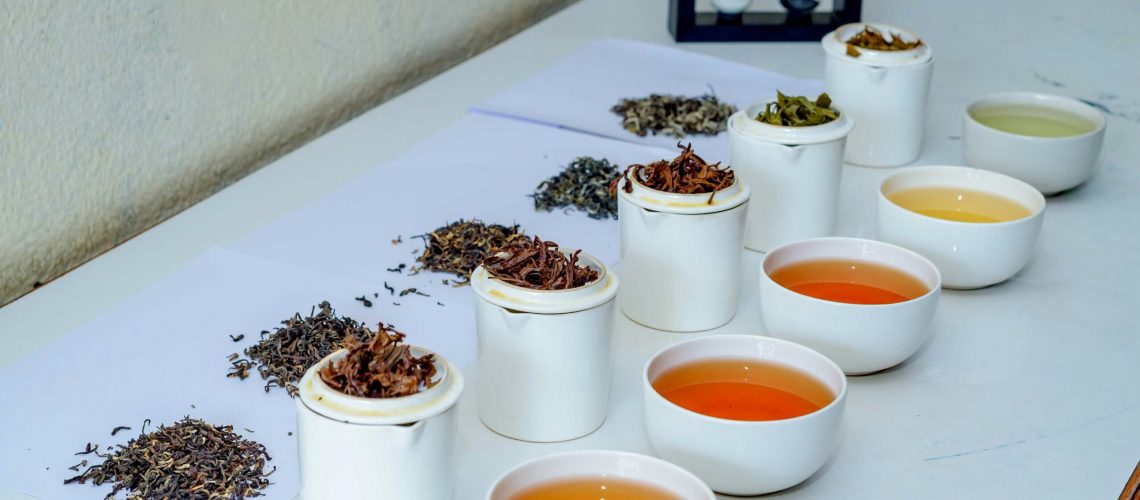
When enjoying tea, you might have come across the term “leaf grade.” While tea enthusiasts may be familiar with this term, there are various types of leaf grades, each with its unique characteristics. Understanding these can greatly enhance your tea selection and enjoyment. In this blog, we’ll provide a clear explanation of the main leaf grades. If you want to deepen your knowledge of tea, keep reading!
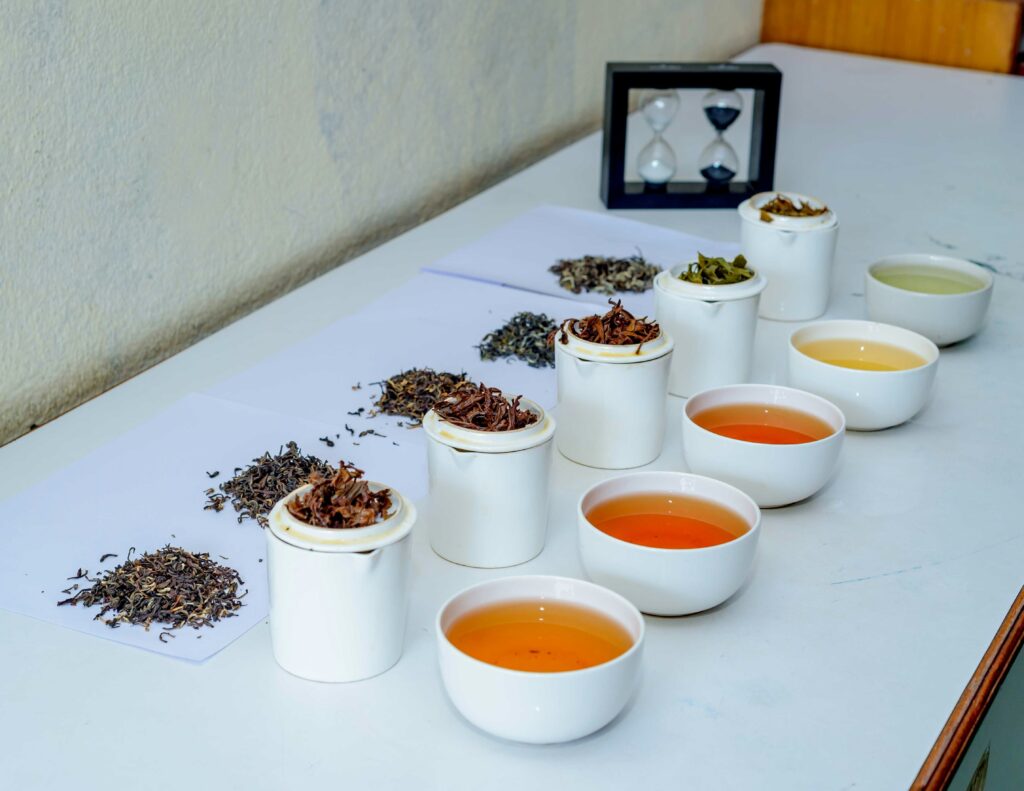
OP (Orange Pekoe)
OP (Orange Pekoe) refers to tea leaves that are about 1 to 2 cm in length, with a long, tightly twisted shape. These leaves are made from soft young leaves and buds, offering a flavor that is both brisk and mild. By brewing it slowly, you can savor its delicate taste.
By the way, the “Orange” in Orange Pekoe refers to the orange hue the tea takes on when brewed. Additionally, “Pekoe” originates from the Chinese term “Dio Pek Ho” (橙黄白豪), where “Pek Ho” refers to the fine downy hairs that cover the young tea buds. These fine hairs are a characteristic of rare and high-quality young leaves, indicating that tea brewed from such leaves will have an orange color.
BOP (Broken Orange Pekoe)
BOP (Broken Orange Pekoe) refers to tea leaves that have been cut into smaller pieces, measuring about 2 to 4 mm. Because the leaves are broken, the flavor and color of the tea are extracted relatively quickly, allowing you to enjoy a robust cup of tea in a short time. This grade is commonly used in teas from Sri Lanka.
The term “broken” might give the impression of something damaged or crushed, but these leaves are intentionally cut into smaller pieces using a machine called a Rotorvane. While some teas taste best as OP, others reveal their full potential when processed as BOP.
BOPF (Broken Orange Pekoe Fannings)
BOPF (Broken Orange Pekoe Fannings) is a grade that consists of even smaller pieces of tea leaves, about 1 to 2 mm in size, including the fannings. These leaves extract quickly, delivering a rich flavor and aroma, and are often used in tea bags.
F (Fannings)
Fannings (F) are small pieces of tea leaves, typically between 0.5 to 1 mm, sorted from BOPF. These leaves brew very quickly, producing a strong flavor in a short amount of time. This grade is ideal for those who prefer a strong cup of tea and is commonly used in tea bags.
D (Dust)
Dust (D) is the finest grade, with particles less than 1 mm in size. It is usually used in tea bags and brews very quickly. This grade provides a bold and robust flavor, making it particularly well-suited for milk tea.
Leaf Grades and Quality Hierarchy
Tea leaf grades are generally priced with OP being the highest, but this does not necessarily reflect the quality. Sometimes, BOP might be more expensive than OP, or BOPF might be priced higher than BOP. This is because tea grades indicate the size and shape of the leaves, not their quality. By understanding the characteristics of each grade, you can choose the one that best suits your brewing method and preferences, enhancing your tea experience.
Recommended Articles
Latest Articles

About the Author / teplo

teplo is a tea brand with the mission of bringing delicious tea to the world.
We provide comprehensive support for the operation of tea media, the purchase and sale of tea leaves, the development and sale of tea brewing machines, and the development of tea menus and recipes for restaurants.
Sign up for teplo’s e-newsletter
Want to receive seasonal information and tidbits about tea without missing a beat? If so, please register your e-mail address using the registration form below.
We will send you the latest information from teplo by e-mail newsletter.
(*1) Please be sure to read and agree to our Privacy Policy before registering.
(*2) Please make sure that you can receive emails from info@load-road.comおよびhello.japan@load-road.com.
